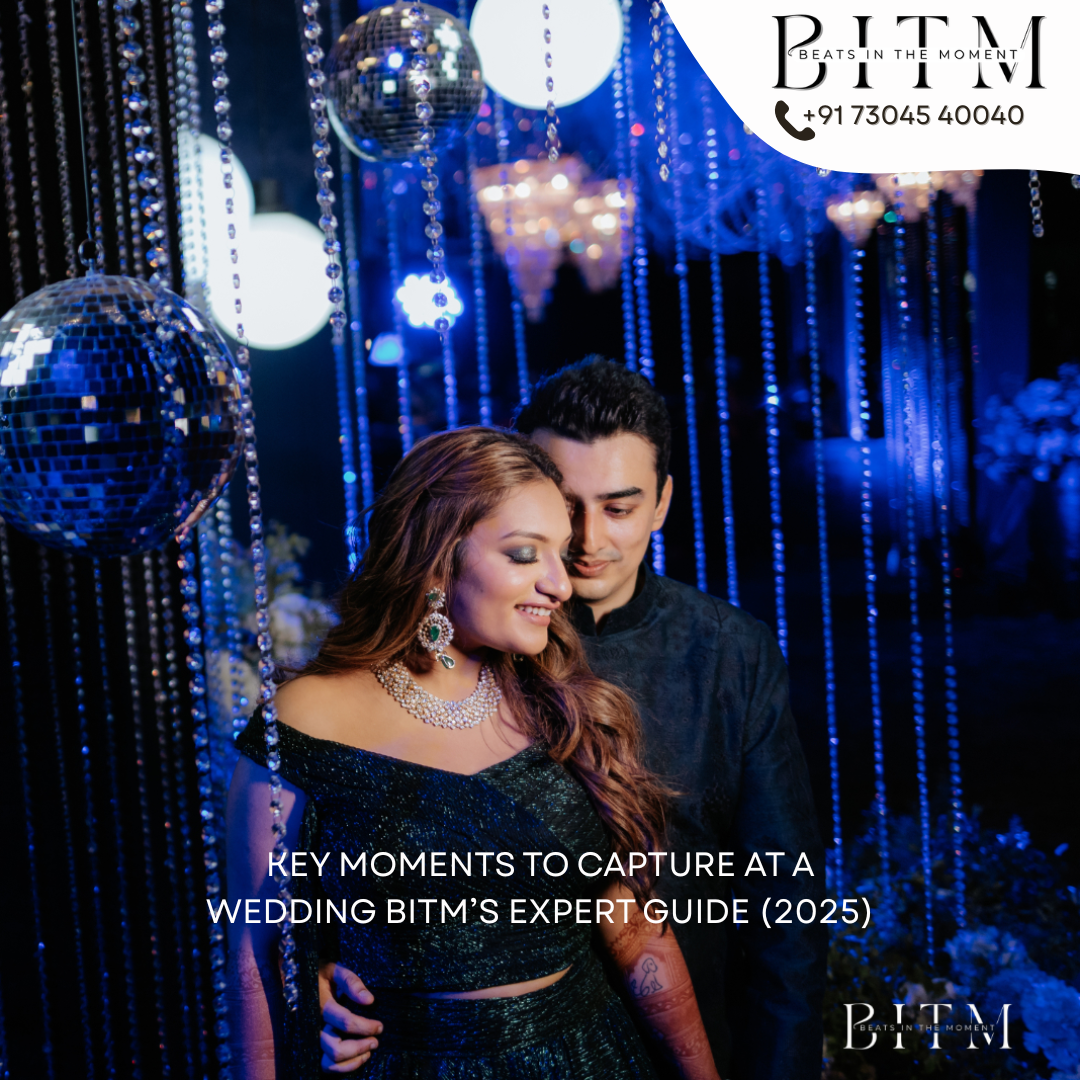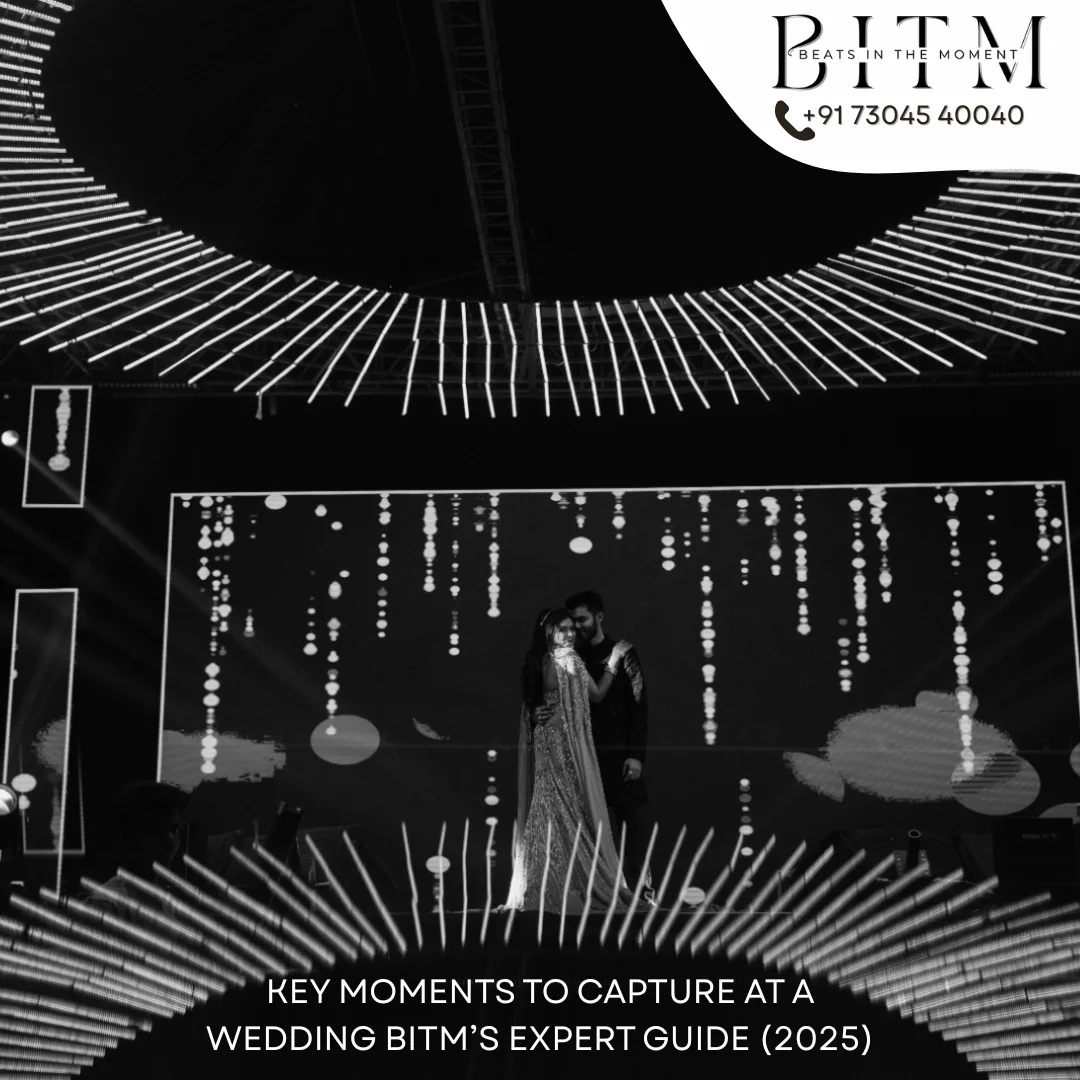Indoor Photography with Natural Light BITM Tips is one of the most beautiful and cost-effective lighting sources you can use for indoor photography. When handled skillfully it creates soft skin tones, natural catchlights, and a mood that’s hard to fake with artificial light. This BITM(Beats in the Moment) guide compiles practical, research-backed tips you can apply right away — from finding the right window to camera settings, modifiers, composition, and finishing touches.
1. Find and understand your light source
Your primary light for indoor natural-light photography is almost always a window. Observe:
-
Direction: Light from the side creates modeling and depth; front light is soft and flattering; backlight creates rim and halo effects.
-
Quality: Overcast skies = very soft, even light; direct sun = hard light with crisp shadows. Plan shoots accordingly.
Practical BITM tip: walk the shooting space at different times of day and note where the best soft light falls.
2. Control and shape the light (no expensive gear needed)
You don’t need studio strobes to shape light — simple tools work wonders:
-
White curtains / sheer: Diffuse harsh sunlight to make it soft and even.
-
Reflector or white foamboard: Bounce light into shadow areas to fill faces and reduce contrast. Silver/gold reflectors alter color and contrast — choose based on mood.
-
Black card (negative fill): Use it to deepen shadows for drama.
BITM tip: a $10 collapsible reflector + a sheer curtain will cover 80% of common problems with indoor natural light.
3. Camera settings that work (practical starting points)
Natural light indoors often means less light than outdoors. Use these practical settings:
-
Mode: Aperture Priority (A/Av) gives control over depth of field while the camera handles shutter speed. This is recommended for quick, reliable results.
-
Aperture: For portraits use wide apertures (f/1.8–f/4) for subject separation; for interiors or product shots close to f/5.6–f/11 for more depth.
-
Shutter speed: Keep it at or above the reciprocal of focal length (e.g., 1/60s or faster for handheld 50mm) to avoid motion blur. Increase ISO rather than slow shutter too much.
-
ISO: Raise ISO as needed but be mindful of noise—modern cameras handle ISO 800–3200 well depending on sensor.
-
White balance: If you want fewer surprises, set a WB preset (Daylight / Cloudy) or shoot RAW to correct later.
4. Composition & styling: keep it simple
Natural-light images succeed when the frame is uncluttered and intent is clear.
-
Backgrounds: Declutter or blur them with shallow depth of field. Neutral tones work best with soft window light.
-
Posing & distance to window: For flattering light, place subject 1–3 metres from the window and angle them slightly toward/away depending on desired mood.
-
Use layers: Foreground elements (plants, fabric) add depth and context.
BITM styling tip: use fabrics or props that catch light in interesting ways — steam from a mug, sheer scarves, or reflective surfaces create mood.
5. Creative options with natural light
Natural light lends itself to creative experiments:
-
Backlighting & rim light: Expose for the subject and let the window create a soft halo. Use fill reflector to retain facial details.
-
Dappled light / patterns: Use blinds, leaves, or window grills to produce creative shadow patterns.
-
Low-light mood: Embrace grain (ISO) and slower shutter for moody, cinematic looks — but use a tripod for sharp images.
6. Post-processing checklist (RAW workflow)
Shooting RAW gives you flexibility. Typical finishing steps:
-
Correct exposure, recovery shadows/highlights.
-
Set white balance and refine skin tones.
-
Apply slight clarity and selective sharpening.
-
Noise reduction if high ISO used.
-
Crop and straighten to strengthen composition.
BITM editing tip: Don’t overdo contrast — natural-light images benefit from preserving midtones and nuanced shadows.
7. Practical shoot checklist (quick)
-
Scout light and time of day.
-
Close or turn off mixed artificial lights (to avoid color casts).
-
Use aperture-priority, set ISO target range.
-
Keep reflector/diffuser handy.
-
Shoot RAW, bracket exposures if unsure.
Recommended gear (budget-friendly)
-
Fast prime (50mm f/1.8) or versatile zoom (24-70mm f/2.8)
-
Collapsible reflector (white/silver/gold)
-
Sheer curtains or diffusion fabric
-
Tripod for low-light or interior detail shots
Conclusion
Indoor Photography with Natural Light BITM Tips is accessible, beautiful, and highly versatile. By understanding window light, shaping it with simple tools, using the right camera settings, and composing carefully, you can produce professional results without a studio. Try the BITM checklist on your next shoot — small changes in where you place the subject, how you diffuse or bounce light, and which aperture you choose will make a big difference.
More Blogs :- Click Here








